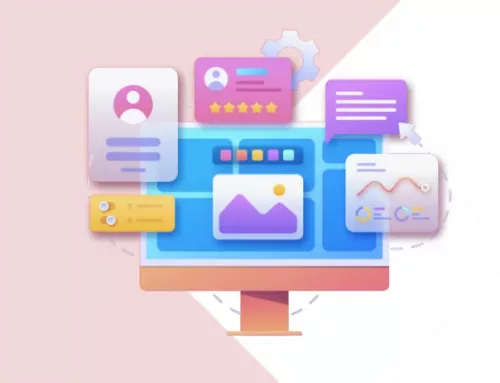How to Predict Shopify Sales Using Weather Signals
Imagine having your Shopify store stocked up with winter jackets.
It’s November, and last year, they just flew off the shelves. You’re expecting the same to happen this year, too, and you’re already thinking of where you’ll spend all that money you’ll earn.
But day after day, the weather is warm, and people are buying hoodies and sneakers. Nobody cares about your winter jackets because nobody needs them. Your forecast was so off, and now you have all this unsold inventory just sitting there, not making you money.
That’s what happens when you rely on history or your gut. Weather doesn’t get your calendar updates, and it doesn’t care if your store is full of winter clothes.
If you have a Shopify store and you don’t want surprises to tank your sales, you need to be aware of the weather.
In this article, you’ll see how to do exactly that.
The Connection Between Weather and E-Commerce Demand
The weather has a massive impact on what people buy, and most don’t even realize it. A particularly rainy weekend will make umbrellas sell like hotcakes, and streaming subscriptions will soar because people will spend more time inside. When a heatwave rolls in, people will look for fans and SPF to buy. Cold snaps do the opposite and do wonders for the sales of winter coats and cozy home items.
You might say that all you need to pay attention to is the time of year, but you’d be wrong. These shifts happen as a response to what’s currently happening, so there’s no point in relying on seasonal averages.
The right thing to do is to pay attention to live/local weather and then recognize how your customers react to it.
How to Use Weather Data to Make Smarter Shopify Decisions
If you know there’s a heatwave coming, you can expect to sell more sunscreen, and if it’s raining, umbrellas will probably all sell out.
That’s all you need to know, right?
Wrong.
You also need a way to connect all this information to your inventory and marketing.
Integrate Weather Data into Forecasting Systems
The first step is to combine historical data from Shopify and external information on weather.
When you layer forecasts on top of your product demand history, you’re able to respond to actual conditions.
For example, if there’s more than a 60% chance of rain, your store can automatically promote raincoats and related products.
You can enrich your demand model with hourly and daily forecasts from Visual Crossing’s weather API to anticipate SKU-level spikes and make sure your store is all set before customers even start to search.
Adjust Inventory and Purchasing Decisions
Another benefit of paying attention to the weather is that you can get your inventory just right.
Stocking up on products because it’s ‘that time of the year’ is never a good decision unless your store sells only Christmas stuff. In all other cases, you need to buy based on what’s actually coming.
If you match your products to how things really are in terms of weather, there’s less chance you’ll end up sitting on piles of unsold stock or miss out when demand takes off.
Marketing Campaigns That Are in Line with the Weather
Marketing feels much more natural if it matches what’s happening outside your customer’s window.
Snow is in the forecast? Show ads for winter boots, warm, fuzzy coats, and blankets in that area. Heatwave coming?
Promote sunscreen, sunglasses, bathing suits, cold drinks, etc.
Since the campaign is tied to the local forecast, it doesn’t feel like a random ad every other brand runs. It’s more like a timely suggestion, which means the ad is relevant and people are more likely to click on it. More importantly, they’re also more likely to come back.
Improving Customer Experience with Relevant Updates
Weather data can help you sell more, but it can also help you build trust with customers.
You can use it to warn customers about delays in shipping if the weather gets bad, or you can personalize what people see when they land on your store.
These details seem small, but customers notice that you’re going the extra mile, and you can be sure they appreciate it. They show people you’re paying attention to their real-world needs.
Conclusion
You’ll never be able to control what your customers do, but you can control how prepared you are.
A person won’t say, “I’m buying this silicone hair oil because it’s humid outside,” but their cart? Well, that tells a completely different story. A lot of eCommerce owners act like the weather doesn’t exist or, in the best-case scenario, they treat it like something in the background.
But as you can clearly see, it has much more impact on your business than you give it credit for.


